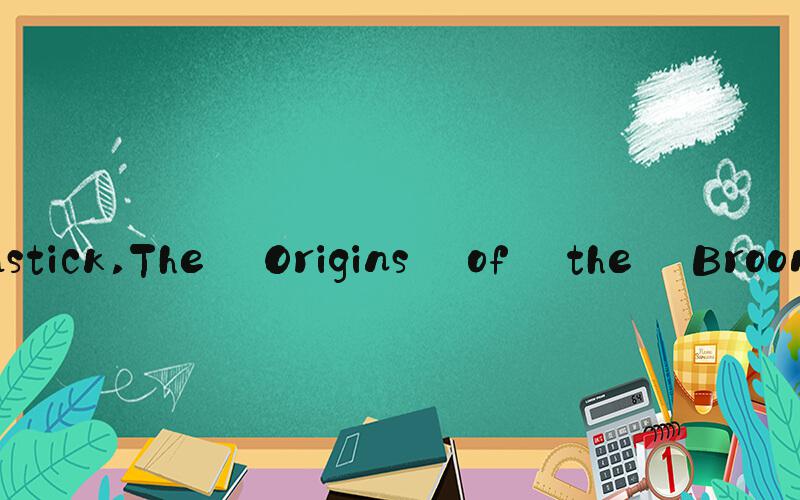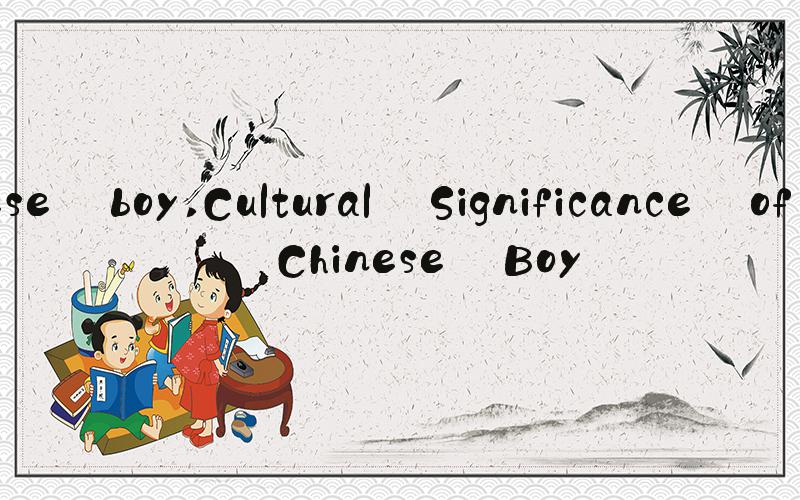
Broomstick: The Fascinating History of a Magical Object
Witches and wizards in popular culture are often depicted as riding broomsticks, but where did this idea actually come from? Broomsticks have a long and fascinating history, dating back to ancient times when they were used for a variety of purposes, from sweeping floors to shooing away evil spirits. In this article, we'll explore the evolution of the broomstick and its role in mythology, folk traditions, and modern popular culture.
The Origins of the Broomstick
The earliest known reference to broomsticks comes from ancient Egypt, where they were used for ceremonial purposes in temples. In medieval Europe, broomsticks were commonly used for sweeping the floors of homes and businesses, but they were also believed to have magical properties. Some people believed that by sweeping their house with a broomstick, they could ward off evil spirits and bring good luck into their home.
The association between broomsticks and magic then began to take hold in popular culture. In Norse mythology, the goddess Freyja was said to fly through the skies on a broomstick, while in Germanic folklore, witches were said to use broomsticks as a means of transportation. However, it wasn't until the 20th century that the broomstick became firmly established as a symbol of witchcraft and wizardry in popular culture.
The Broomstick in Popular Culture
One of the earliest known depictions of a witch riding a broomstick is from an illustration in the 1451 edition of the witch-hunting manual Malleus Maleficarum. However, it wasn't until the publication of J.K. Rowling's Harry Potter series that the broomstick became a ubiquitous symbol of witchcraft and wizardry in popular culture.
In the Harry Potter series, broomsticks play an important role in the sport of Quidditch, a game that is played on flying broomsticks. The idea of flying on a broomstick has captured the imaginations of readers and moviegoers around the world, cementing the broomstick's status as a staple of modern popular culture.
The Broomstick in Folk Traditions
Despite its association with witchcraft and wizardry, the broomstick has also played an important role in folk traditions in many parts of the world. In some cultures, it is believed that hanging a broomstick over the doorway can ward off evil spirits and protect the home from harm. In others, broomsticks are used in traditional dance rituals, or as part of religious and cultural ceremonies.
Even today, broomsticks remain a popular souvenir for tourists visiting certain regions of the world. In the American South, for example, handmade broomsticks are a popular craft item, and can be found in local gift shops and roadside stands. In parts of Africa, broomsticks are used to sweep away bad luck and ward off evil spirits, and are believed to have healing properties when used in certain ceremonies.
The Future of the Broomstick
Despite its long and fascinating history, the broomstick remains a relatively obscure object outside of its role in popular culture and folk traditions. However, as technology continues to evolve, it's possible that new uses for the broomstick may emerge.
Scientists are currently exploring the use of broomstick-like structures in the development of drones and other aerial vehicles. These structures, which mimic the design of a broomstick, are believed to be more stable and efficient than traditional wing structures, and could revolutionize the field of aviation.
As we look to the future, it's clear that the broomstick will continue to captivate our imaginations and inspire us with its magical properties and rich history.









暂无评论
发表评论